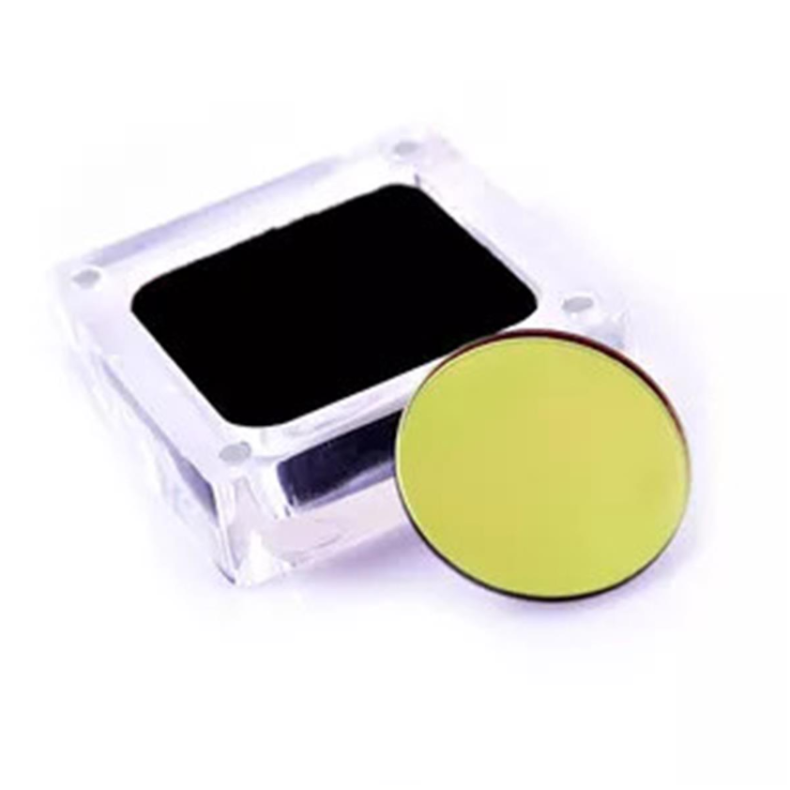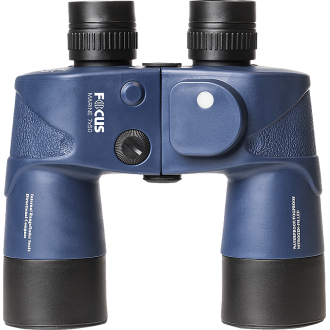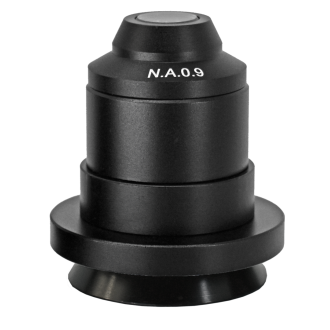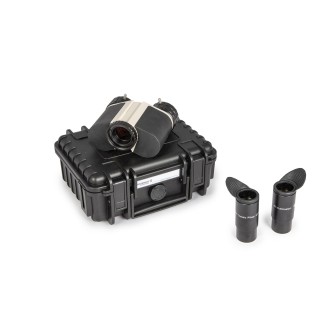Antlia ALP-T Dual Band 5nm HA&OIII Highspeed filter 36mm model unmounted
- Filter for deep sky imaging
- 88% transmission in the 656.3nm H-Alpha line
- 82% transmission on the 500.7 nm OIII line
- High Speed" version for f/2.2 to f/3.6 instruments
- 36 mm circular lens unmounted
| Carrier | Description | Estimated Delivery | ||
|---|---|---|---|---|
 |
Home delivery - International | Home delivery - International |
Wednesday, 14 January - Wednesday, 21 January |
|

Home delivery - International
Home delivery - International
Estimated delivery:
Wednesday, 14 January - Wednesday, 21 January
All you need to know about Antlia ALP-T Dual Band High Speed 5nm filter
The Antlia ALP-T Dual Band 5nm filter is designed to be used primarily with color sensors for single shot color imaging (OSC), such as color astronomy cameras or digital still cameras. It can also be used as a narrow band filter in monochrome cameras to save image capture time.
This "High Speed" version is specially designed for instruments with very low F/d ratios (known as "fast" in photographic terms) between F/2.2 and F/3.6. In fact, it is necessary to design a different range of filters than the classical ALP-T, since the bandwidth must be slightly shifted to obtain optimal results. The Takahashi Epsilon telescopes (130ED f/3.3 - 160ED f/3.3 - 180ED f/2.8) are perfectly suited to this type of filter. It is even possible to use the Celestron RASA 8" at f/2... with a transmission loss of only 15 to 20%.

Transmission curve of the Antlia High Speed dual band 5 nm filter. The wavelength in nanometers is on the abscissa axis. The transmission percentage is on the ordinate. The transmission width at half height is 5 nm and the filter is slightly offset by 502.2 nm and 657.8 nm.
The advanced multiple coatings of the ALP-T ultra-dual band filter effectively isolate H-Alpha red light and OIII blue-green light from emission nebulae, with nearly complete OD 4.5 suppression of unwanted wavelengths from light pollution, moonlight and sky light. As a result, the 5 nm dual-band ALP-T filter creates a superior signal-to-noise ratio and better contrast in your images.
This filter allows capturing the 2 main emission bands of nebulae at the same time, while suppressing unwanted signals. As a result, the raw images are cleaner and require less post-processing. Since the Antlia ALP-T dual-band 5 nm filter looks golden yellow to the naked eye, it is also called a "golden filter".
Applications and performance
- Designed specifically for use with DSLR, CMOS and color CCD cameras. Optical Density (OD) 4.5 suppression at unwanted visual wavelengths increases the signal-to-noise ratio
- Sharp cuts on extremely steep lines minimize internal reflections
- Ion gun-assisted deposition coating technology on the double-sided polished substrate, making it the most consistent and accurate light pollution suppression filter on the market
- Good performance at focal ratios between F/3.6 and F/2.2, with contrast increasing with focal ratio
- Designed to suppress artificial illumination on the Bortle scale from 1 to 8. Near IR (NIR) is blocked up to 1050 nm
Technical Specifications
- Mounting diameter 36mm circular cast iron, unmounted
- Substrate thickness 2 mm
- Transmission 88% transmission at 657.8 nm (H-alpha line is at 656.3 nm)
- 82% transmission at 502.2 nm (O-III line is at 500.7 nm)
- 2-sided polished filter with an accuracy of λ/4
- Multilayer and anti-reflective coating on both faces

















